Palmetto Bluff Real Estate Company Sales Office
Office Hours
Monday-Friday 9am - 5pm
Saturday 9am - 4pm
Sunday 12 - 4pm
Saturday 9am - 4pm
Sunday 12 - 4pm
If any of the guests relaxing on the screened porch of the Inn’s Cottage 13 wonder about the low, crumbling tabby wall near an old cedar, it is probably only for a moment or two before the spectacular and expansive vista of marshes and Sea Islands captures their attention. Those who know the history of that wall, however, find it as compelling as the view beyond it, the wall is all that remains of the most unusual home ever built at The Bluff.
Sometime around 1790, William McKimmy, a Scottish immigrant and successful cooper (barrel maker) in Charleston, bought 900 acres along the May River. Although McKimmy had been speculating in real estate in and around Charleston for decades, the land at Palmetto Bluff was different from his earlier purchases. It was here that McKimmy found more than just a good addition to his portfolio. At The Bluff he could join the handful of ambitious men who were carving plantations out of the wilderness, and perhaps just as importantly, he could experiment in architectural design. By 1796, McKimmy resided in one of the most extraordinary houses in the United States. Three years later, McKimmy was dead; by the end of the Civil War his house was gone, and it wasn’t long before there were no memories of his unconventional home. It would be up to modern researchers to bring the story of McKimmy’s innovative design to the 21st century visitors and residents of the Bluff.
The first clue that McKimmy’s plantation was different from his neighbors’ was its name: “Octagon Plantation.” The surrounding plantations, like many other plantations in the area, were named for places in Europe such as Montpelier (Montpellier, France) or Tipperary (an Irish county and town), for bucolic settings such as Walnut Grove or Chinquapin Hill, or for the owners such as Stephensville. “Octagon” was not only strikingly different from the pattern, it was a peculiar reference to a geometrical shape whose connection to the plantation was unknown. In fact, although the name “Octagon Plantation” persisted in historical records for two centuries, the reason for the name had disappeared. Or so it seemed.%GALLERY%During a visit to the archives at the Georgia Historical Society in Savannah, Palmetto Bluff’s researchers found two startling bits of information. The first was a plat of McKimmy’s plantation, dated 1798. There on the banks of the May River, exactly where the tabby wall is today, the map showed an octagon with the title “Mr. McKimmy’s house.” The map alone would have been enough to confirm that McKimmy’s house was octagonal, but there was an even more remarkable piece of evidence in the archives. A copy of a letter written in 1796 by Margaret Cowper, a teenage visitor to neighboring Montpelier Plantation, described the house as octagonal with “triangular rooms.” It was suddenly clear that the tabby wall in front of the cottages was, in fact, part of the octagonal foundation of the house. The next step would be for archaeologists to excavate the site.
In 2009 and 2010, archaeological testing uncovered additional walls and revealed that the house was a regular (having equal sides and angles) octagon and that the area of structure was 900 square feet, quite a reasonable size for a bachelor’s plantation home.
The archaeological work, map, description by Margaret Cowper, and the historic use of the name left no doubt that the original house was octagonal in design. What was even more surprising was that the historical records also revealed that McKimmy’s home was probably the first octagonal house constructed in the United States. Thomas Jefferson’s retreat, Poplar Forest, widely considered one of the earliest homes with an octagonal floor plan, was not built until 1806, at least 20 years after McKimmy had constructed his home.
But what did the house look like? The historical and archaeological research provided no details other than the octagonal shape. Fortunately, the Conservancy’s arts intern (now arts coordinator), Dylan Sell, was up for a challenge. Dylan began by investigating the architectural styles and techniques of the late 18th century. Besides spending hours in libraries and archives, Dylan drove all over the Lowcountry, visiting old plantations, taking photographs, and sketching houses and architectural elements. He read and reread the description by Margaret Cowper and even looked at homes in Scotland for an idea of the type of building in which McKimmy might have spent his childhood. The result is the depiction you see at right, a two-story clapboard house overlooking the marsh of the May River. Key features of 18th century Lowcountry houses that Dylan incorporated into his illustration include the Adam-style windows (six panes per sash), elevated first floor (for better air circulation and cooling in warm weather), wide porch and cypress-shingled roof.
As Dylan’s watercolor shows, it is quite possible, that the first octagonal house in the United States, despite its shape, fit perfectly into the Lowcountry cultural landscape of its time. And while octagonal floor plans never became popular in houses in South Carolina, many of the architectural elements that McKimmy may have used are timeless: the wide porches, elevated first floors, clapboard siding and even Adam-style windows. These elements remain features of homes at The Bluff today, and they continue to connect our rich Lowcountry history to creative design, just as in McKimmy’s house over 200 years ago.
Illustrations by: Dylan Sell
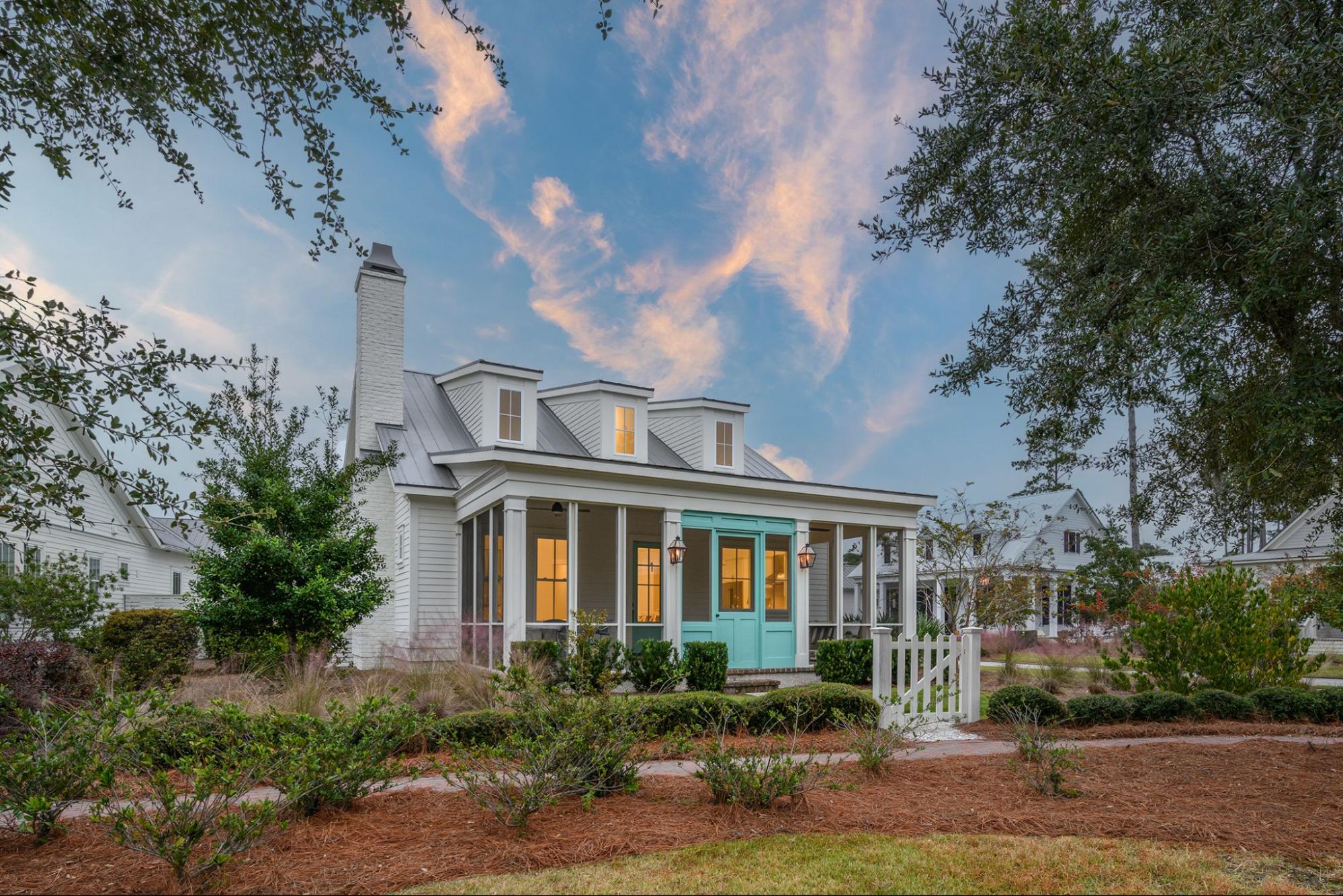
Two-Bedroom Homes in Palmetto Bluff: Small Spaces, Big Advantages At Palmetto Bluff, life moves at a more thoughtful pace, one centered around nature, community, and well-designed spaces that invite you to slow down and savor the moment. Within this disti...
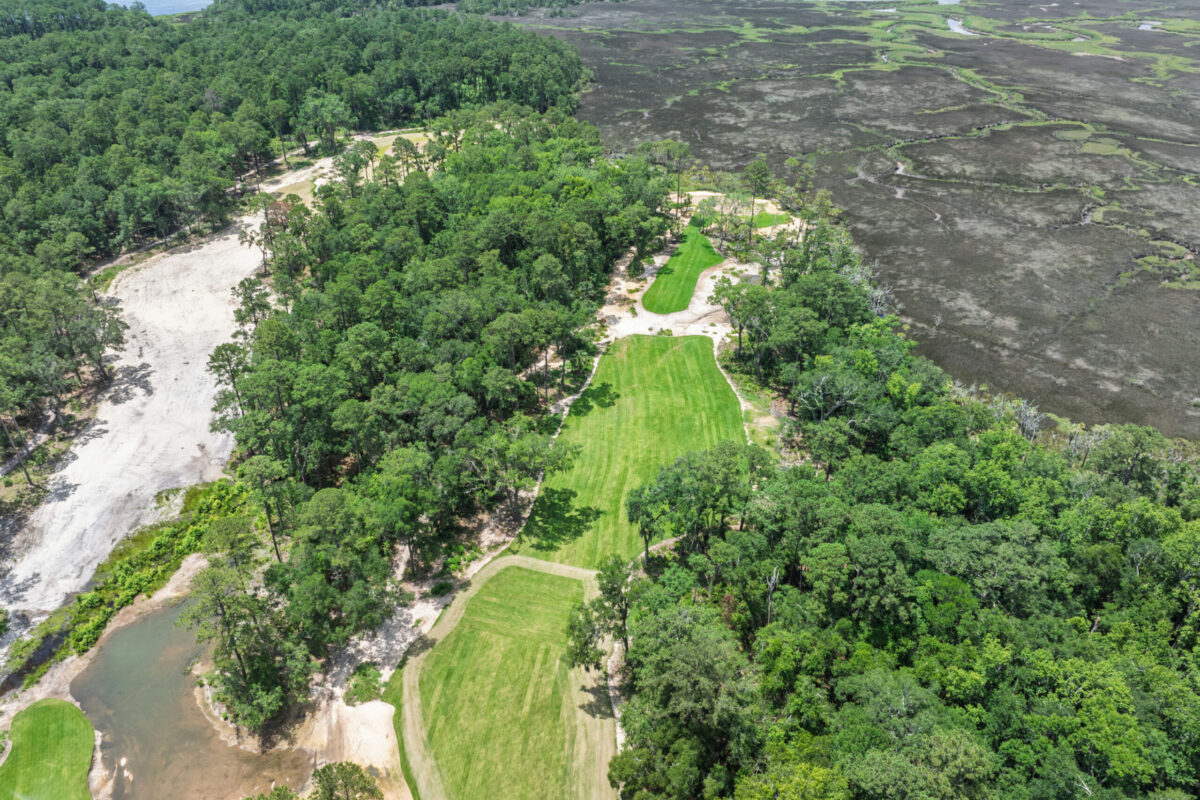
Take a Peek at the Coore & Crenshaw Course at Palmetto Bluff Golf has always been more than a game at Palmetto Bluff. It is a way of experiencing the land, connecting with nature, and building community through quiet competition and shared moments. With t...

Moreland Village is centered around an active lifestyle that’s easily accessible to homeowners. With the Movement Studio just steps away from the Conservancy Classroom, residents can grab a coffee from Canteen, partake in pilates, then join a bluebird research...
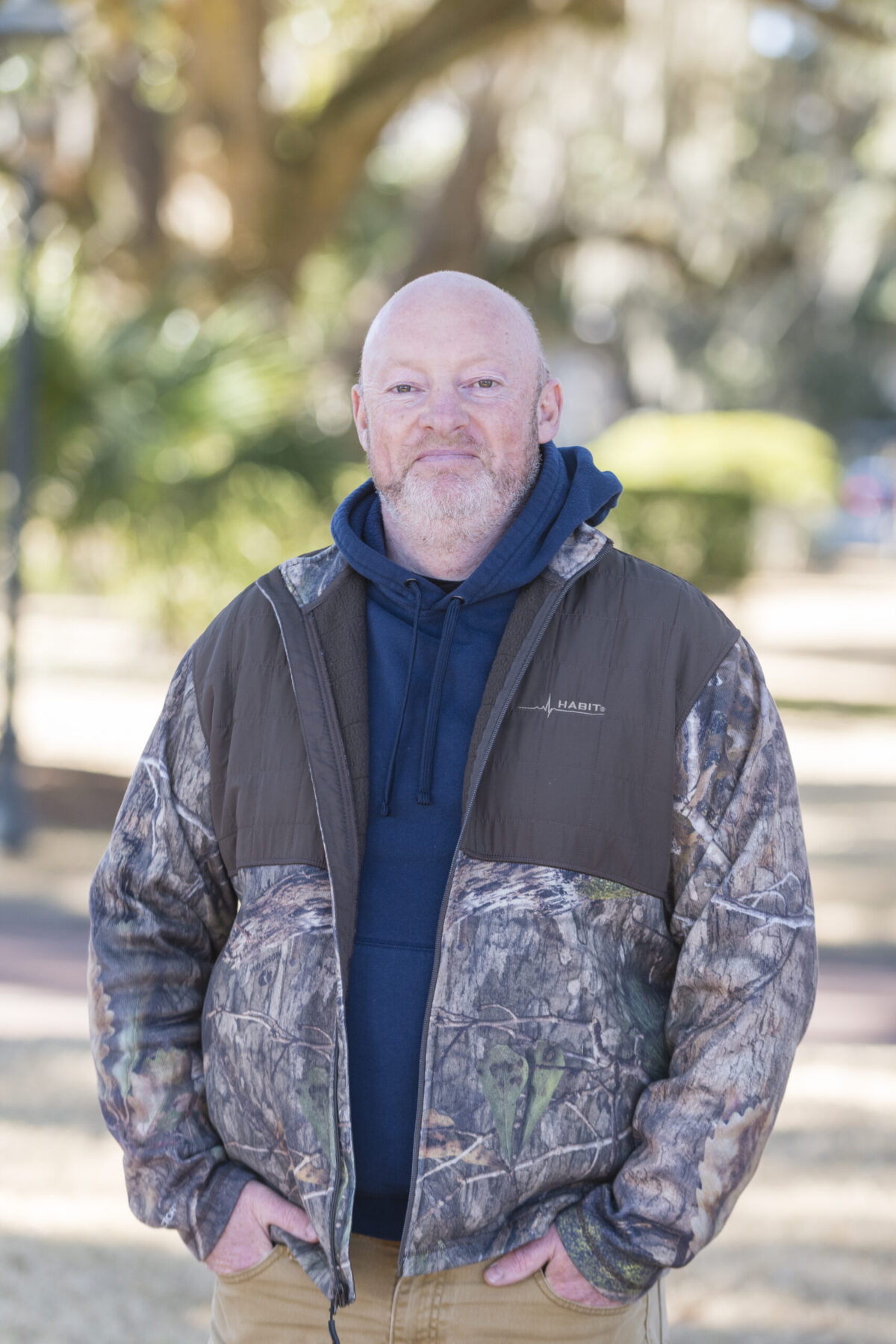
Brian’s Journey to Palmetto Bluff If you’ve ever spotted a feral pig along a trail, heard the call of a hawk overhead, or taken a peaceful walk through the Bluff’s maritime forest, you’ve likely experienced the quiet impact of Brian Byrne’s work. As the Palme...
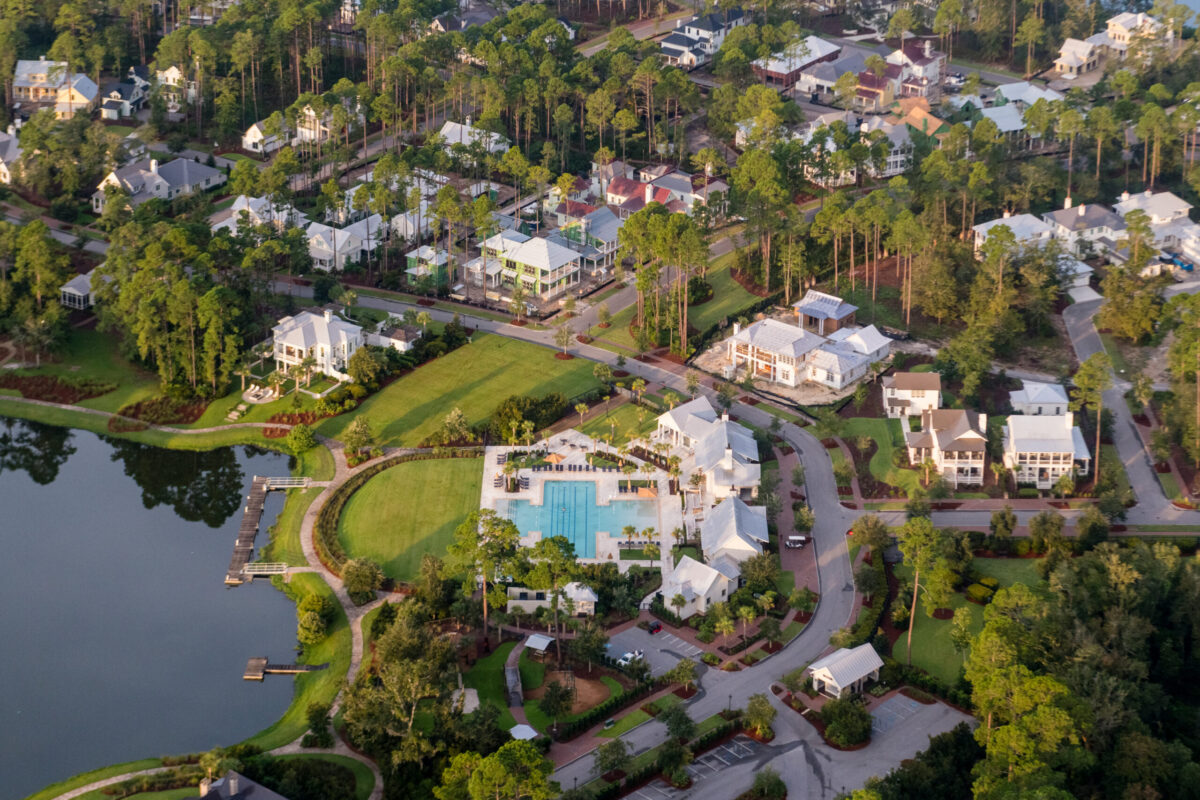
Why You Should Consider Investing in a Palmetto Bluff Home Some places feel like a getaway. And then there are places that feel like coming home. Palmetto Bluff manages to be both. Tucked between Hilton Head Island and Savannah, this 20,000-acre haven in t...
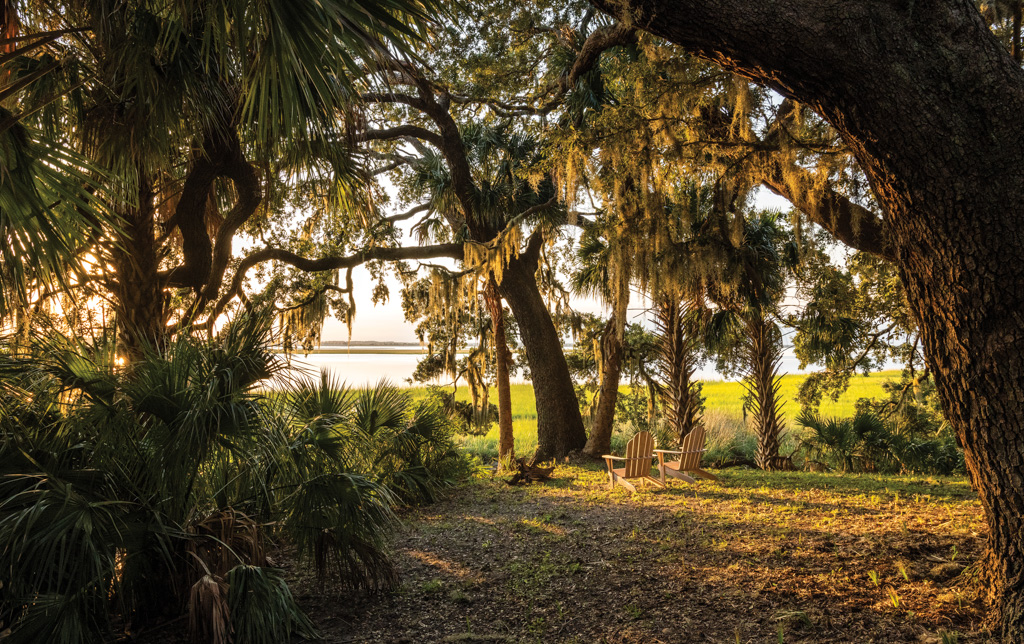
This Manhattan-sized, Gilded Age enclave and National Seashore off the Florida-Georgia coast is so much more than a beachcomber’s delight. By Alexandra Marvar “There’s one. Oh, and there’s one.” He bends down to pick up a shark tooth. Then another, and anot...

Best Things to Eat in South Carolina’s Lowcountry When it comes to Southern cuisine, no place captures the heart (and appetite) quite like the South Carolina Lowcountry. Rooted in history and layered with coastal influence, this region serves up a culinary id...

Marissa’s Journey to Palmetto Bluff At Palmetto Bluff, hospitality goes beyond service; it’s a way of life. For Members and visitors alike, there’s a quiet charm to the place that draws you in, makes you feel at ease, and leaves a lasting impression. Few peop...
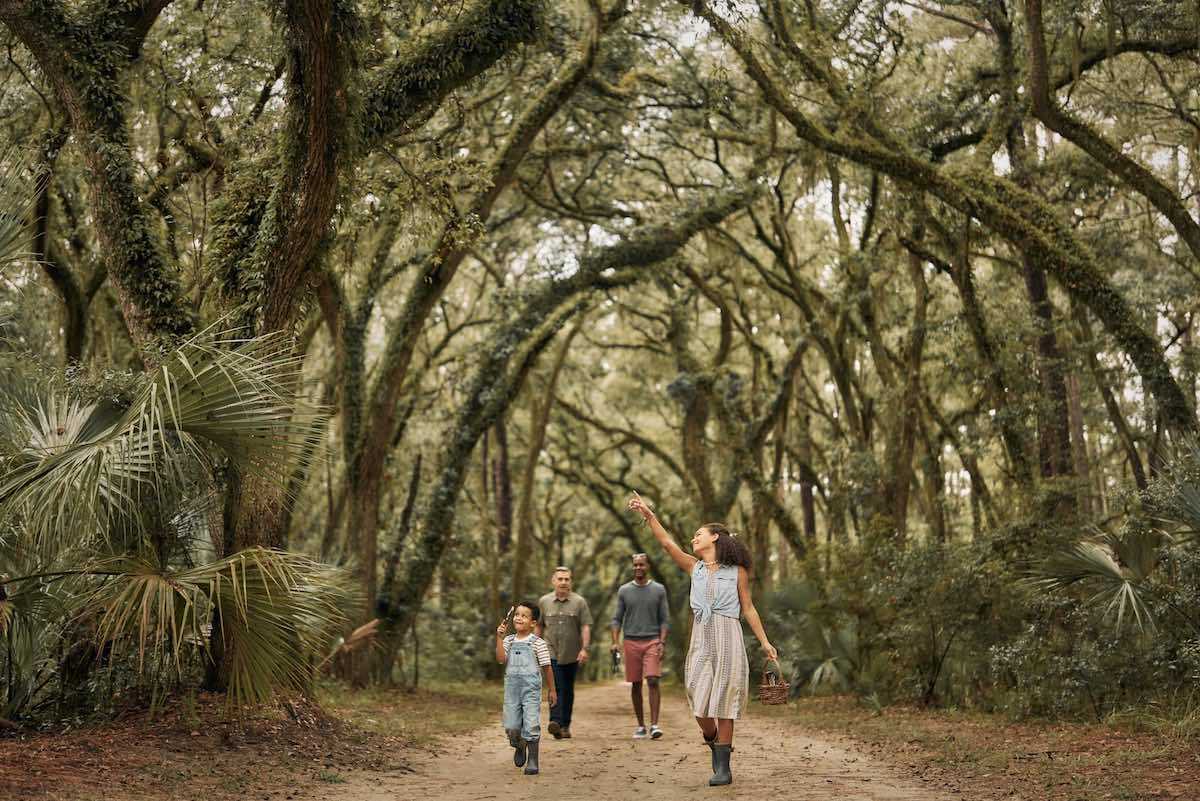
Top 7 Palmetto Bluff Nature Trails Do you ever get the feeling of wanting to escape and wander into a serene paradise? The nature trails at Palmetto Bluff afford opportunities to roam and admire the vastness of the Bluff’s 20,000 acres. Throughout the communi...
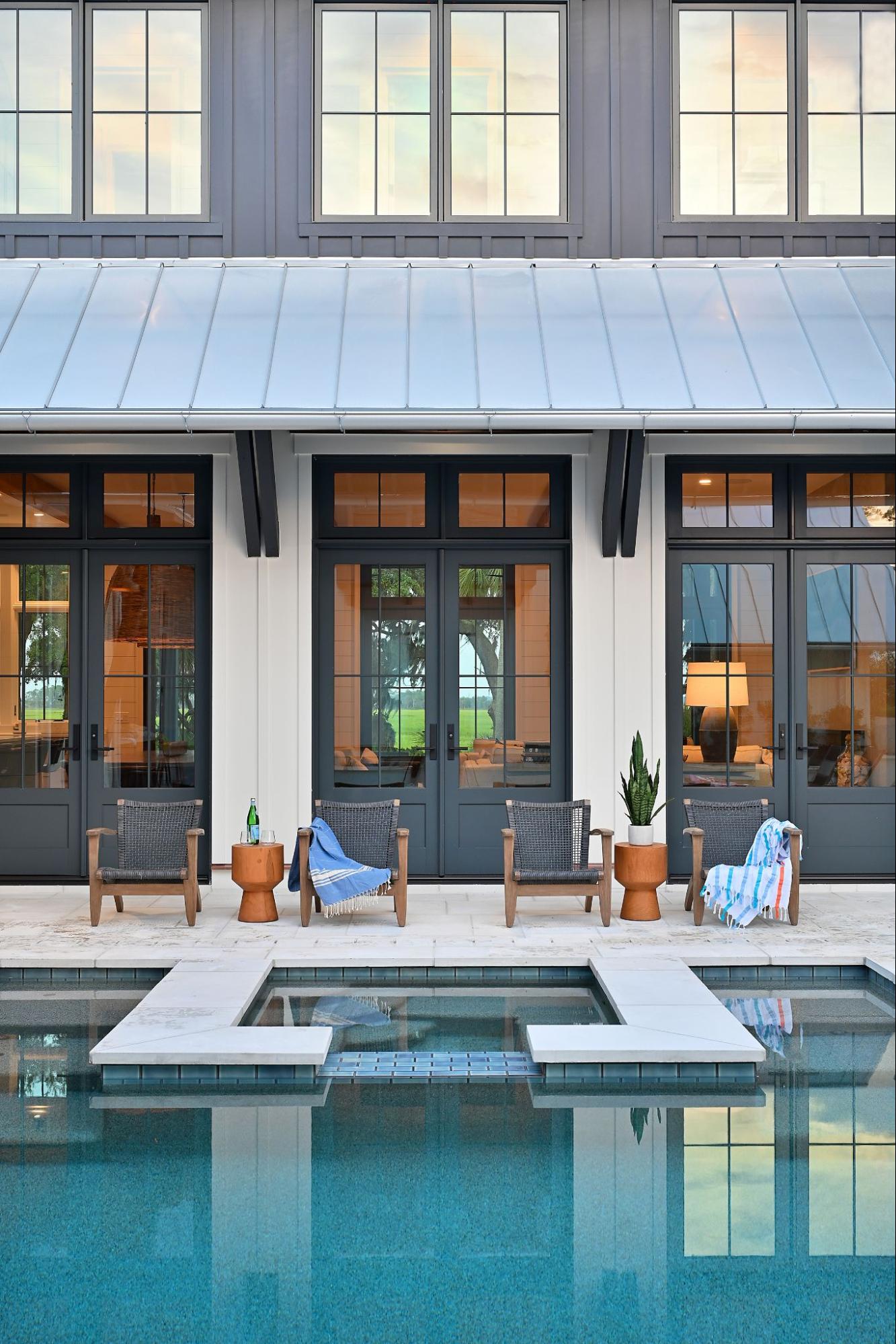
Palmetto Bluff’s Moreland Village feels a world away from the more traditional architecture of the iconi...
Learn about the Palmetto Bluff Conservancy and how we keep the vision of our land in place.
On land or water, there is an ever-evolving variety of activities.
We do not attempt to independently verify the currency, completeness, accuracy or authenticity of the data contained herein. All area measurements and calculations are approximate and should be independently verified. Data may be subject to transcription and transmission errors. Accordingly, the data is provided on an “as is” “as available” basis only and may not reflect all real estate activity in the market”. © [2023] REsides, Inc. All rights reserved. Certain information contained herein is derived from information, which is the licensed property of, and copyrighted by, REsides, Inc.